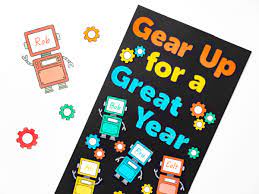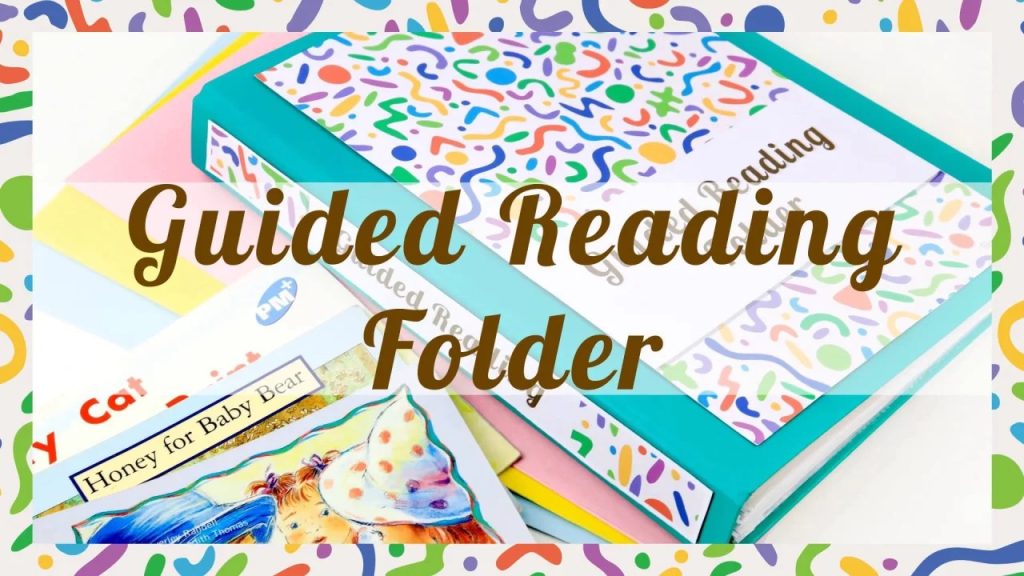As educators, we often focus on ensuring that our lesson plans stretch the entire period, but what happens when students finish early? “I’m done, now what?” is a common refrain that can disrupt a classroom if not anticipated. For this reason, purposeful ‘fast finisher’ activities are becoming increasingly significant in education. These activities aim to occupy students who finish their assigned work early in a way that is meaningful, constructive, and related to the learning objectives.
Fast finisher activities should ideally be engaging and provide enrichment. They can take various forms depending on the age group and subject area but should always aim to reinforce skills or concepts already taught. Here are some purposeful fast finisher activities for different classroom settings:
1. Reading or Writing Enrichment: Students could have a selection of books from the classroom library at their disposal or a writing journal where they can start a story, poem, or even a research project on a topic of interest.
2. Math Puzzles: Sudoku, logic puzzles, or math riddles can be both fun and challenging for students who have breezed through their math assignment.
3. Independent Research Projects: Students might work on an ongoing research project that ties into the current curriculum, allowing them to delve deeper into topics that interest them.
4. Peer Tutoring: Fast finishers could be encouraged to help their classmates who may be struggling with the current assignment. This promotes a collaborative environment and helps reinforce the material for both students.
5. Educational Games: There are many online platforms offering educational games tailored to specific subjects or skills. Teachers could compile a list of approved websites that students might access upon completion of their work.
6. Creative Endeavors: Art projects related to the subject matter, composing music if it’s relevant, or any other creative outlet that allows exploration beyond the confines of the standard curriculum.
7. Self-Directed Learning: Stations or activity menus can give fast finishers autonomy by allowing them to choose from several pre-approved activities.
Creating a ‘Fast Finisher’ folder or corner in the classroom where these activities are stored and readily available helps in managing these resources effectively. It’s important to ensure that while these activities are inherently self-directed, they’re also clearly outlined with any necessary instructions so that students aren’t confused about what is expected of them.
In conclusion, when we design purposeful activities for fast finishers—those who say “I’m done, now what?”—we provide them with opportunities not just for further learning but also for self-directed exploration and growth. It furthers their engagement and deepens their understanding of classroom content while honing additional skills which are vital in today’s world such as critical thinking, creativity, and collaboration.











